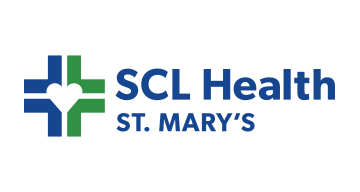

Yale Cancer Center, a leader in cancer care and research as well as education, is dedicated to delivering the transformative scientific discoveries and care innovations of Smilow Cancer Hospital and Yale University, all toward a cancer-free world. The original eight Smilow Care centers opened in Connecticut have since expanded to 15 sites statewide and beyond. In this organization, a collaborative relationship between nursing, pharmacy and practice providers is key to realizing its mission: giving patients access to safe, efficient, and high-quality care.
Doing so can be a particular challenge in infusion center settings, where operational pain points are common. Pharmacy in particular can be prone to congestion peaks and troughs, along with hood capacity constraints and longer turnaround times that contribute to patient dissatisfaction downstream. These in turn exacerbate overall capacity issues in infusion centers, including bottlenecks due to frequent midday appointment rushes and overtime costs as patient treatments run past scheduled closing time.
In this session, the Ambulatory Oncology Pharmacy Manager of Smilow Cancer Hospital and Assistant Patient Services Manager of one of the busiest Smilow care centers in Connecticut discuss fostering a successful collaboration between pharmacy and infusion services to streamline care delivery throughout the center. Learn how Smilow Cancer Center deployed LeanTaaS’ AI-powered iQueue for Infusion Centers scheduling templates to address common pharmacy pain points and provide more efficient care.
Viewers of this webinar will be able to:








Take the first step towards unlocking capacity, generating ROI, and increasing patient access.